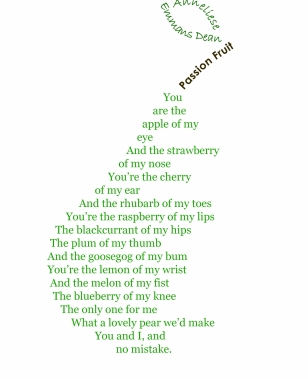There are a huge variety of resources out there to help you get growing in schools. It's difficult sometimes to see the wood for the trees....so we have collected here a few really good examples that have been recommended to us by schools or that we have used ourselves.
This Weekly Planner and Kitchen Garden Planner both produced by the RHS, will help you to make sure there is something to do every week - possibly as part of your science or design and technology lessons. An alternative approach would be to divide up the tasks described here across different age groups or classes so that the whole school is involved in some way at some point during the year. When travel is possible, learn so much more from the RHS experts, plan a school visit to Harlow Carr, just outside Harrogate.
Detailed School Gardening Weekly Planner_1476
Poetry is a great way of allowing the children to respond to activities in the kitchen garden. This placemat was produced for the Food and Drink Festival for example. Anneliese Emmans Dean is available to run bespoke workshops in schools or for clusters of schools. Get in touch to see if she will share her Rhubarb poem with you.....
St Nicks Nature Reserve based in the heart of the City of York has the resources and the space to run a varety of activities that are guaranteed to inspire! Contact them to see what is currently on offer on environmental themes for all ages.
Maths lessons are another great way of exploring different aspects of growing and cooking. Here are some example key questions to get you started: What is the shortest and longest germination time for red fruits planted from seeds? How many seeds in an apple compared to a pear? What is the average weight of a brussel sprout? What is the average height of a beetroot plant? How many calories in a strawberry compared to a raspberry? What data can you use to describe the healthiest green vegetable? How much juice can you get from a 1 lemon and how does this compare to how much is used to make a glass of lemonade? What is the best proportion of fruit juices in your favourate Fruit Cocktail?



